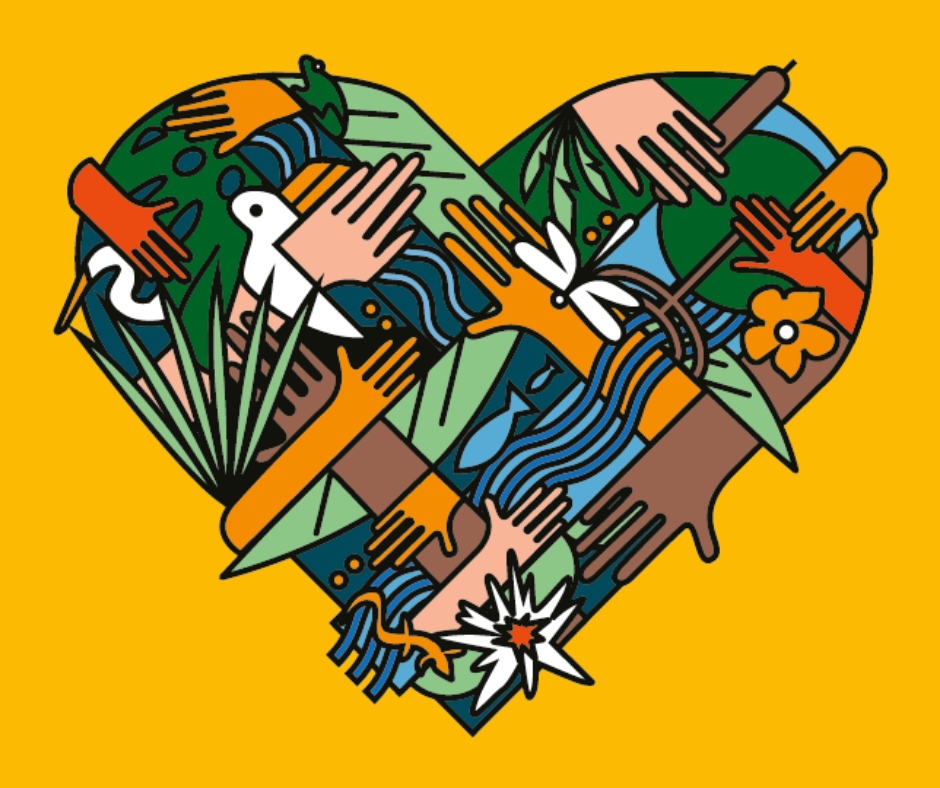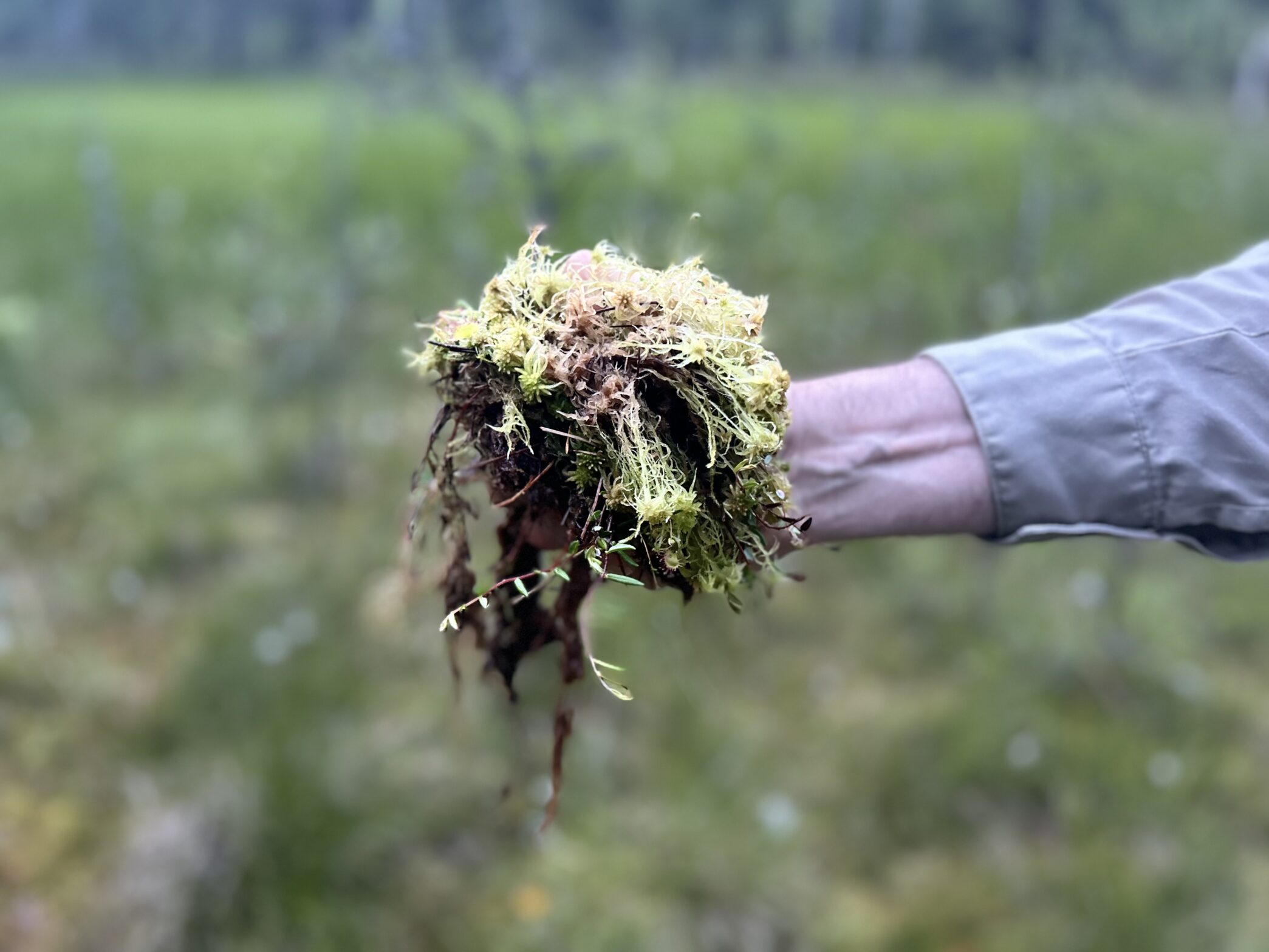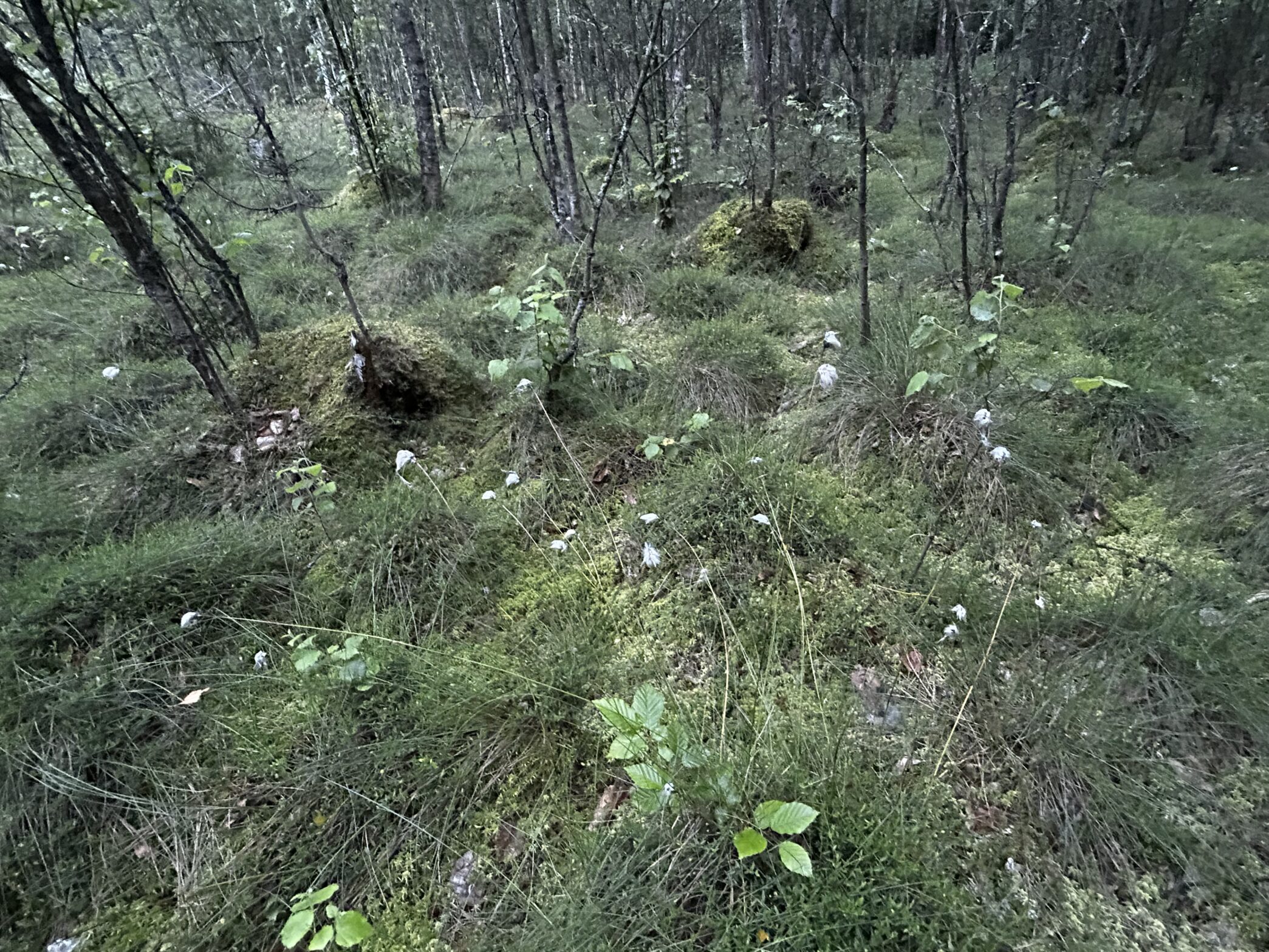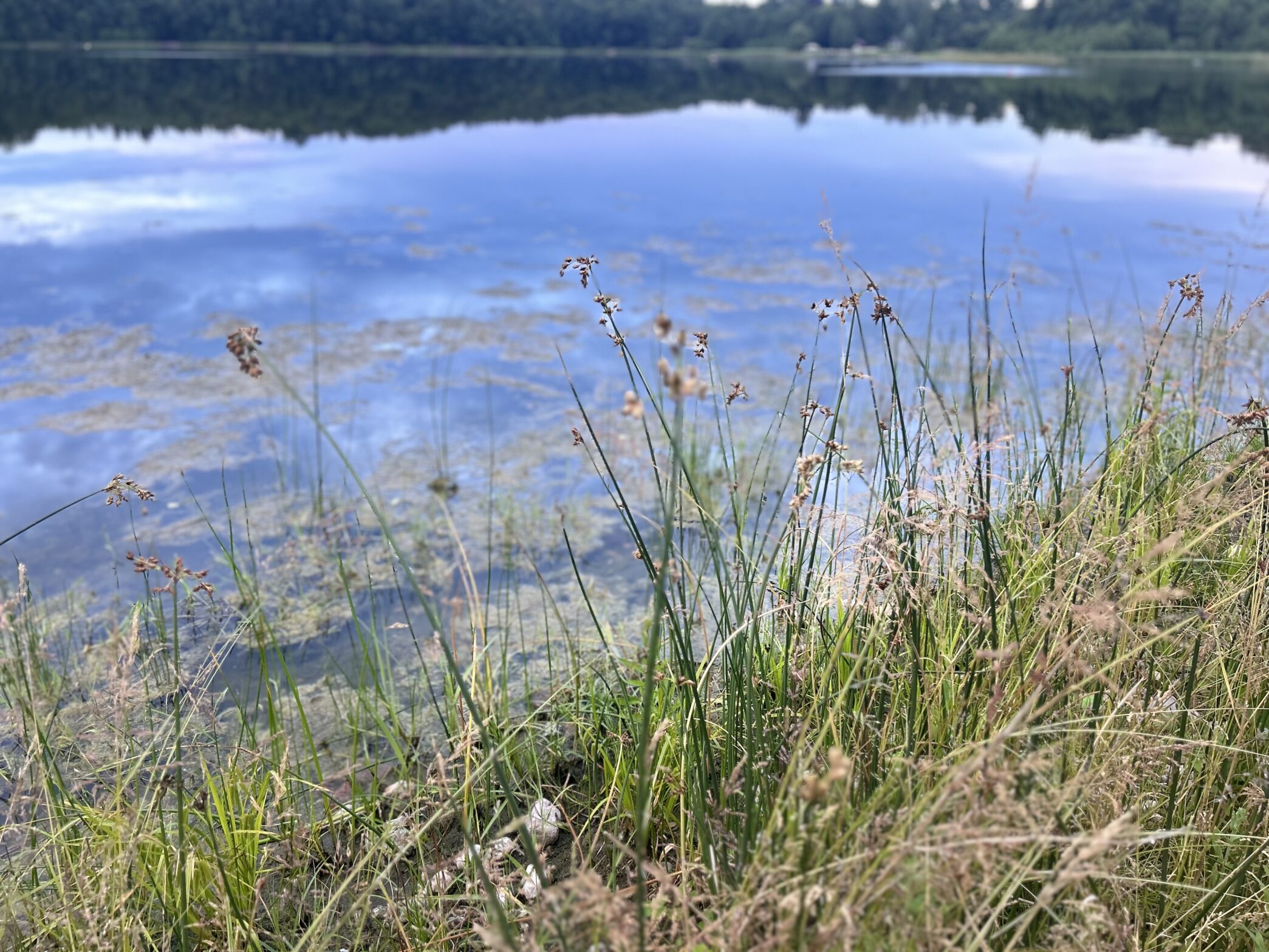The theme for World Wetlands Day 2025, which is celebrated each year on 2 February to raise awareness about wetlands, was “Protecting Wetlands for Our Common Future”. The 15th Meeting of the Conference of the Contracting Parties to the Convention on Wetlands (COP15) will take place from 23 to 31 July 2025 in Victoria Falls, Zimbabwe, and the World Wetlands Day 2025 slogan will also be the theme of this event. Every three years, representatives of the governments of all the Contracting Parties meet to hold important discussions on wetland conservation and to agree on a work programme for the next three years. The Ramsar Convention has been promoting wetland conservation around the world for many years, and the logo for this year’s World Wetlands Day celebrations refers to Zimbabwe’s national colours.
Wetlands are one of the most valuable and biodiverse ecosystems on earth. They play a key role in the ecological balance and the survival of many species. It is heartening to see an increasing number of publications, events and artistic activities emerging to raise awareness of this issue in our communities. It is important to consider whether we are aware of the influence of such factors such as the presence of a swamp in the nearby forest or the quality of the soil, on our quality of life.
In Polish folklore, the swamp is often portrayed as a desolate and dangerous place and is said to be the dwelling place of demonic forces. It is usually depicted as an inaccessible, marshy, boggy area (Niebrzegowska 1999: 427). In traditional cultures, the swamp was seen as an orbis exterior, an untamed space, and was therefore symbolically associated with the boundary between the earthly and otherworldly orders, between life and death (Stomma 2002: 165). Metaphorically speaking, we might consider draining the swamp as a way of getting rid of something unwanted, and we might stay in the swamp when we don’t feel stable in the world. In the face of a looming environmental crisis, and the changing realities and hybridised beings that we are currently experiencing in the age of the rise of artificial intelligence, we may feel more inclined to view the moor as a place of transition, where the boundaries between life and death, between the solid and the fluid, become increasingly blurred. Marshlands, peat bogs, mangroves, grasslands, swamps are often areas that are not easily accessible to us because of their location, and as a result, we may not fully appreciate their importance. These environments can be seen as transitional zones, somewhere between the solid and stable, and the illusory, unstable, otherness. On the one hand, wetlands can evoke feelings of mystery and fear; on the other hand, they are home to diverse and complex ecosystems, fostering new imaginations of possible future scenarios. Marshlands are not only important carbon sinks, providing habitats for many creatures and influencing biodiversity; they are also a source of inspiration, a vessel for our imagination to create stories.
As humans, we share our planet with wetlands, and our existence is inextricably linked to theirs. All we have to do is venture beyond the urban landscape, where the pavement and tarmac meet, and embrace the possibility of encountering mosquitoes and untamed vegetation. This shift offers us a chance to experience a world that is vastly different from the hard stones and tarmac that we are accustomed to. Wetlands are characterised by soft earth, peat, moss, and a diverse array of decaying and flowering plants that form the ground beneath our feet. In the words of Gilles Deleuze, we are part of a constantly changing world that also changes the planet (Deleuze 1987: 73). However, we often do not have the opportunity to experience the qualities of wetlands. Mosquitoes, roosts and the many frightening stories of monsters and strange creatures that we have heard from various sources can be off-putting. When we think of impending environmental disaster, our first associations are usually with melting glaciers, a heat wave, the tragic fate of the Amazon rainforest, or individual endangered plant and animal species. But the landscape right next to us, the ground beneath our feet, and often the forest wetlands near our homes, are also changing. They are subject to change in many ways, and we are now told about them by environmental educators, sustainability advocates and activists. Literature and art have a role to play in teaching us about ecology, about our connection to our local landscape and to nature. For example, in the opening sentence of Delia Owens’s book Where the Crawdads Sing, we gain insight into the nature of the wetland situated not far from Barkley Cove in North Carolina.
Marsh is not swamp. Marsh is a space of light, where grass grows in water, and water flows into the sky. Slow-moving creeks wander, carrying the orb of the sun with them to the sea, and long-legged birds lift with unexpected grace – as though not built to fly – against the roar of a thousand snow geese (Owens 2018, 11).
As readers of the novel, we are invited to imagine the beauty of the wetland as described in the text, with sunlight shining through the plants submerged in the water. As we experience the description of the wetland, we become aware of its dual nature, facing both towards the subject and the object. We become part of the wave of experience, as Gilles Deleuze wrote ([1981] 2003, 34/5). This kind of sensitivity to the experience of the swamp, perhaps lost, is alluded to in the installation Berl Berl by Jakob Kudsk Steensen (Berl Berl 2021).The title of the Danish artist’s project comes from the Sorbian language and refers to the geographical location of Berlin, as berl means swamp. The marshland on which Berlin stands today was created more than 10,000 years ago and was not drained until the 1700s. Kudsk Steensen uses Sorbian folklore and the spirituality of the time to create a world that encompasses past and present realities, and the artist himself describes his installation as a song to the swamp. Kudsk Steensen has spent a year in the wetlands near Berlin working with the Berlin Museum of Natural History to capture the holistic experience of the landscape.
It could be said that Berl Berl invites us to transcend our experience of wetlands, to go beyond the primal and unconscious response of the body exposed to the elements and our fixed attitudes towards the landscape. Artists such as Kudsk Steensen are working to create a more engaging and meaningful encounter with the wetland through their art, especially in the age of the Anthropocene. By engaging with art today, we are invited to re-evaluate our fundamental questions about knowledge, a practice that is continuously encouraged in this age. By immersing ourselves in the sensory experience of the Berl Berl wetland, we have the opportunity to simultaneously perceive the world and gain a deeper understanding of it. The term “to sense” encompasses the act of seeing, hearing, feeling and understanding. In the context of the present age, characterised by the Anthropocene epoch and marked by uncertainty, it could be said that we are faced with the task of re-sensing, re-seeing, re-hearing and re-understanding the significance of wetlands in the contemporary era. It is also important to explore how this wetland vessel for our imagination can be employed to conceptualise and imagine a better future for our local communities. This would certainly be the first step in the new ferality project that Anna Tsing writes about (see more: https://feralatlas.org/ https://edgeeffects.net/haraway-tsing-plantationocene/). The process of wetlands feralisation has nothing to do with utopian, dystopian or romantic visions of the future; on the contrary, it violates the nature/culture opposition, allowing more than human beings to shape their environment on their own terms. Wetlands removed from the control of drainage treatments and various other human activities in these ecosystems gain space to create new relationships and ways of being.
Dr. Irena Chawrilska
Coordinator of the More-than-Human Studies Lab program





